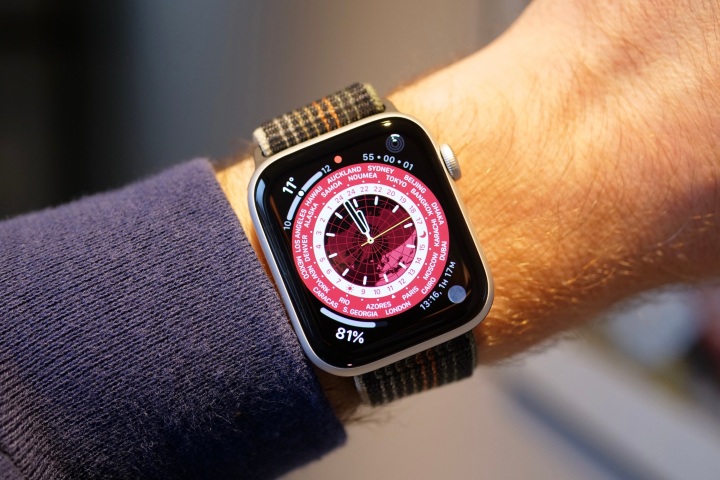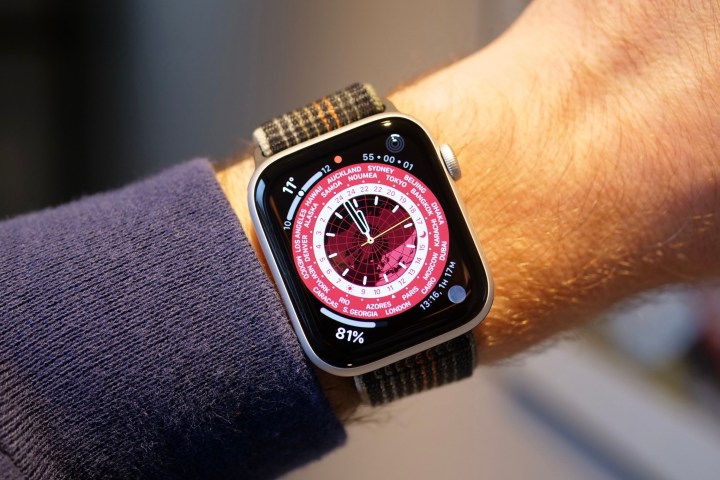
In many ways, choosing the best smartwatch or fitness wearable is even more difficult than choosing a new smartphone. After all, you’ll actually wear it — sometimes for 24 hours a day — and it’s likely to be seen more often than a phone, which spends time in your pocket or bag. It’s vitally important you make the right choice.
That’s where Digital Trends comes in. We wear, test, and fully review all the latest wearable products from the big names in tech like Apple, Samsung, and Google. The same applies to devices from well-known fitness, health, and activity brands like Fitbit and Garmin, as well as major players from the world of watches, such as Casio, Citizen, and Tag Heuer. Our reviews aren’t solely about the technology either. We understand a great wearable is also all about how it feels and how it makes you feel.
How we test wearables’ design
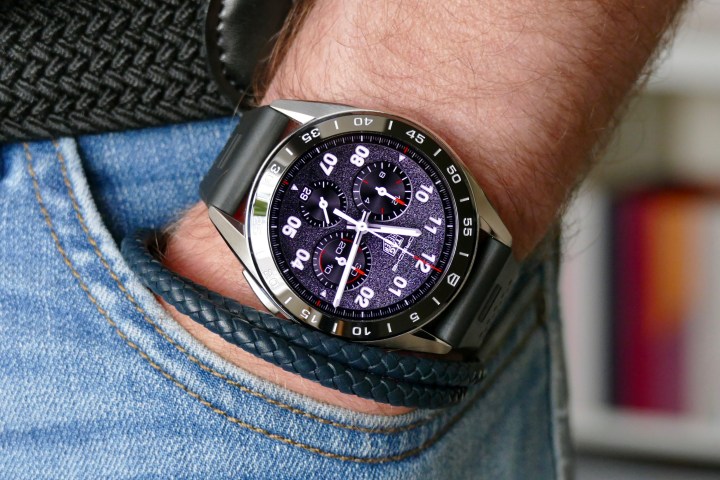
How we test the design of a wearable is actually quite simple when you take it back to basics: We wear it — all the time. A wearable is of no use if it’s not on your body, and for that, it needs to be comfortable, durable, and attractive. The only way to fully understand whether it is or not is by having it on our wrist, finger, face, or wherever else. We take into account the materials used in its construction and the weight. We often compare them to the best non-smart wearable products, like traditional watches and jewelry. After all, the companies that make smartwatches and wearables usually have decades of experience getting design and wearability right, while tech firms often don’t.
By wearing the device, we’re also pressing the buttons, swiping the screen, doing up the strap, and using the clasp all the time. As such, durability problems quickly show up. We’ll know if it’s possible to wear it overnight, whether it interferes with clothing or everyday tasks, and how other people view it. We’ll know if it makes us happy and proud when we see it on our wrist or if we’d rather hide it away under a sleeve. Members of the Digital Trends team have different wrist sizes, allowing us to provide varied viewpoints about a smartwatch or fitness band’s size and shape, helping you understand if it’s going to feel right or not.
When you read our smartwatch, smart jewelry, fitness band, or other wearable reviews, you can do so assured that the device has actually been worn for as much time as possible, just like you will want to do if you buy it. The design, materials, and comfort are among the most important aspects of a wearable, and we take them very seriously during our reviews.
How we test wearables’ activity features
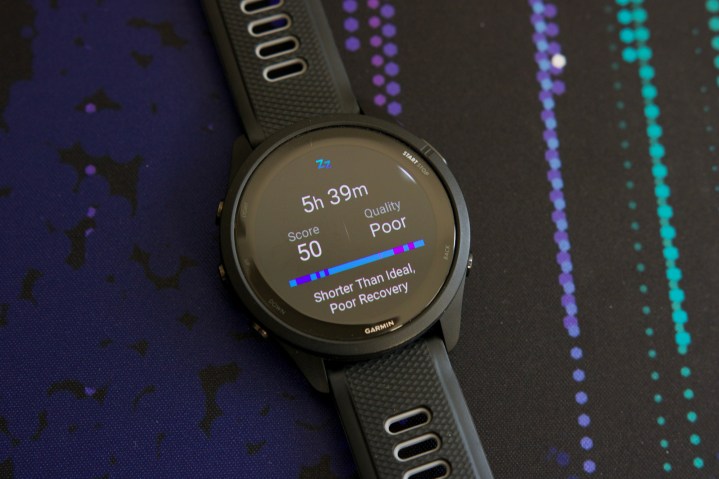
Most wearables are made to track an aspect of our health and well-being, and they usually monitor everything from our daily steps to our sleep, along with tracking workouts or even our mood. Just like the way we test the design is by wearing the product, we test these features by doing. If it tracks sleep, we wear it while sleeping. If it tracks workouts, we sweat away with weights or on the treadmill while wearing it.
Some of our team enjoy more strenuous activities, and they push wearables designed for running or cycling much harder than others, but all are tested to the best of our personal ability. What’s more, we often wear more than one device at a time to assess whether they return similar data. Few modern consumer wearables are approved as medical devices, but they should still all come close to showing the same results, as this suggests a fair degree of accuracy. Discrepancies are noted and are used to assess a device’s overall performance.
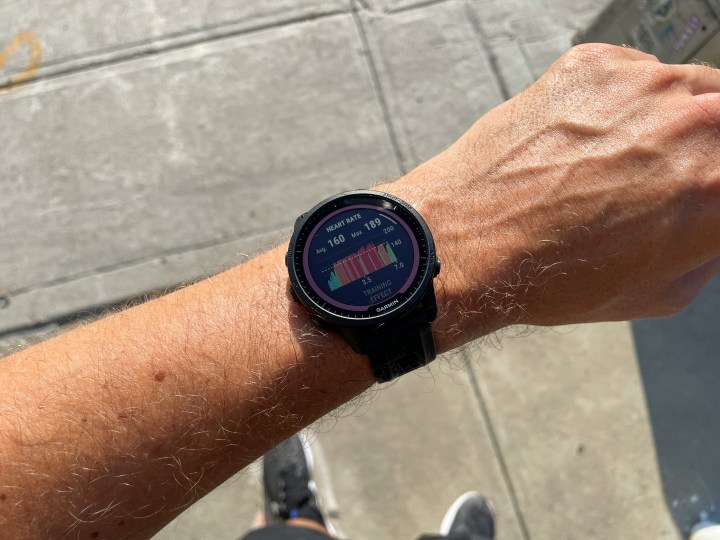
Another aspect is understanding how a wearable motivates you or reports its findings. If it promises to help push you to become fitter, less stressed, or sleep better, does it achieve those things? Does it provide value? If it doesn’t, then it may not deserve to take up valuable space on your body. On the flip side, does it interrupt your day too much or not give you time to rest when you need it? Wearables should complement and enhance your lifestyle, not control it, and we look at all these aspects in our reviews.
How we test wearables’ software

Wearables almost always connect to your phone using Bluetooth, and then sync with an app to show all the data that has been collected. The app is really important, and can sometimes be overlooked when buying a wearable, yet it’s key to the ownership experience. We pay special attention to how it has been designed, and whether it presents your data in a clear and easy to understand way or not. If it doesn’t, then you may not want to use it.
Understanding the app comes from testing the wearable’s features. After a workout, does it show us helpful information, or do we have to dig for it? Is the app full of ads or pointless features we never use? Is the connection stable and reliable? If it sends notifications, do they show up, and can we do anything with them on the wearable itself?

What about the software on the wearable? Whether it’s a full-color touchscreen like an Apple Watch or a simple monochrome display on a cheaper fitness band, we look at usability, speed, convenience, and simplicity. The screens are usually quite small, and the software needs to be carefully designed so it’s not frustrating, no matter the size of your fingers or dexterity. We try out all the features, the menus, and everyday tasks, whether they are highlighted by the manufacturer or not, to find out.
Beyond these basics, we work to understand if the data collected and presented is actionable or not. It’s all very well taking heart rate and blood oxygen levels, but does it translate into helpful information we can use to improve or understand our bodies more? So much of the wearable experience is about what you get from wearing it rather than simply just wearing it. Unlike a smartphone, a smartwatch or fitness band isn’t really an essential, so it needs to earn its keep. For this reason, the software and app often make or break a wearable.
How we test wearables’ battery life
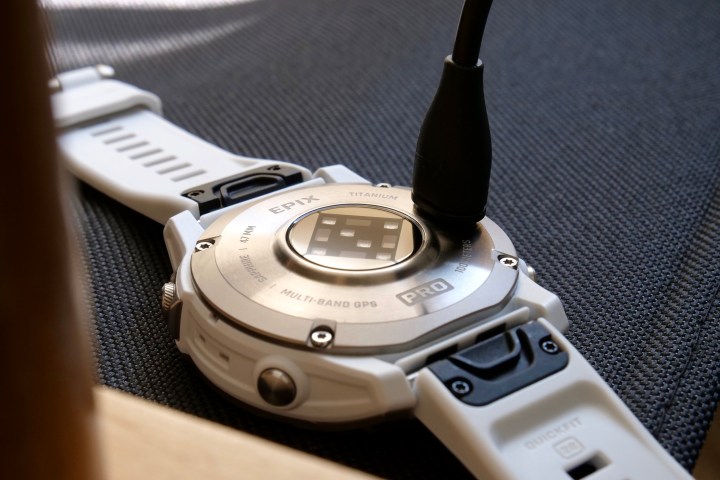
No one wants to worry about battery life, but wearables often suffer the most from short gaps between charges due to the size of the cell and the complexity of the device and its features. Manufacturers sometimes counter this by turning off certain things by default, including 24-hour heart rate monitoring and the always-on screen, but we make sure these features are active during our review. If you’re going to buy one of these devices, you’ll almost certainly want to do the same, and they always affect the battery life.
We tell you if the battery depletes a lot when using GPS during a workout or if streaming music negatively affects it more than expected. We’ll try out the charger, time how long it takes to recharge, and even assess if it attaches reliably to the product or not. By using the device in the way you will hope to use it, we can tell you if the battery is going to need a lot of attention or if you can wear it and forget it. To illustrate that, we take you through our daily life with the device, and the variety of tasks we perform, to provide different scenarios and show you the amount of time the battery lasts during them.
How we get the smartwatches/wearables we review

The devices we review are either sent to us by the manufacturer for the purposes of review, or we may buy them ourselves. No matter how the device reaches us, it does not affect our opinions, and we don’t allow companies to have editorial input or early access to our reviews. You’re reading what we think about a product we’ve personally used, day in and day out.
Editors’ Recommendations
Services Marketplace – Listings, Bookings & Reviews
